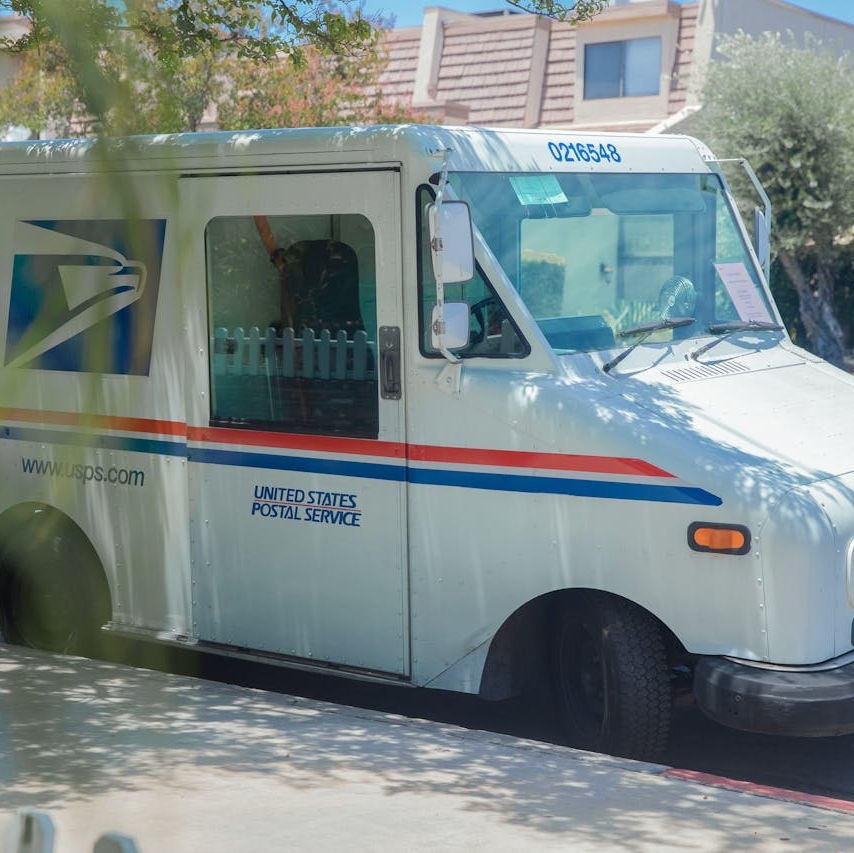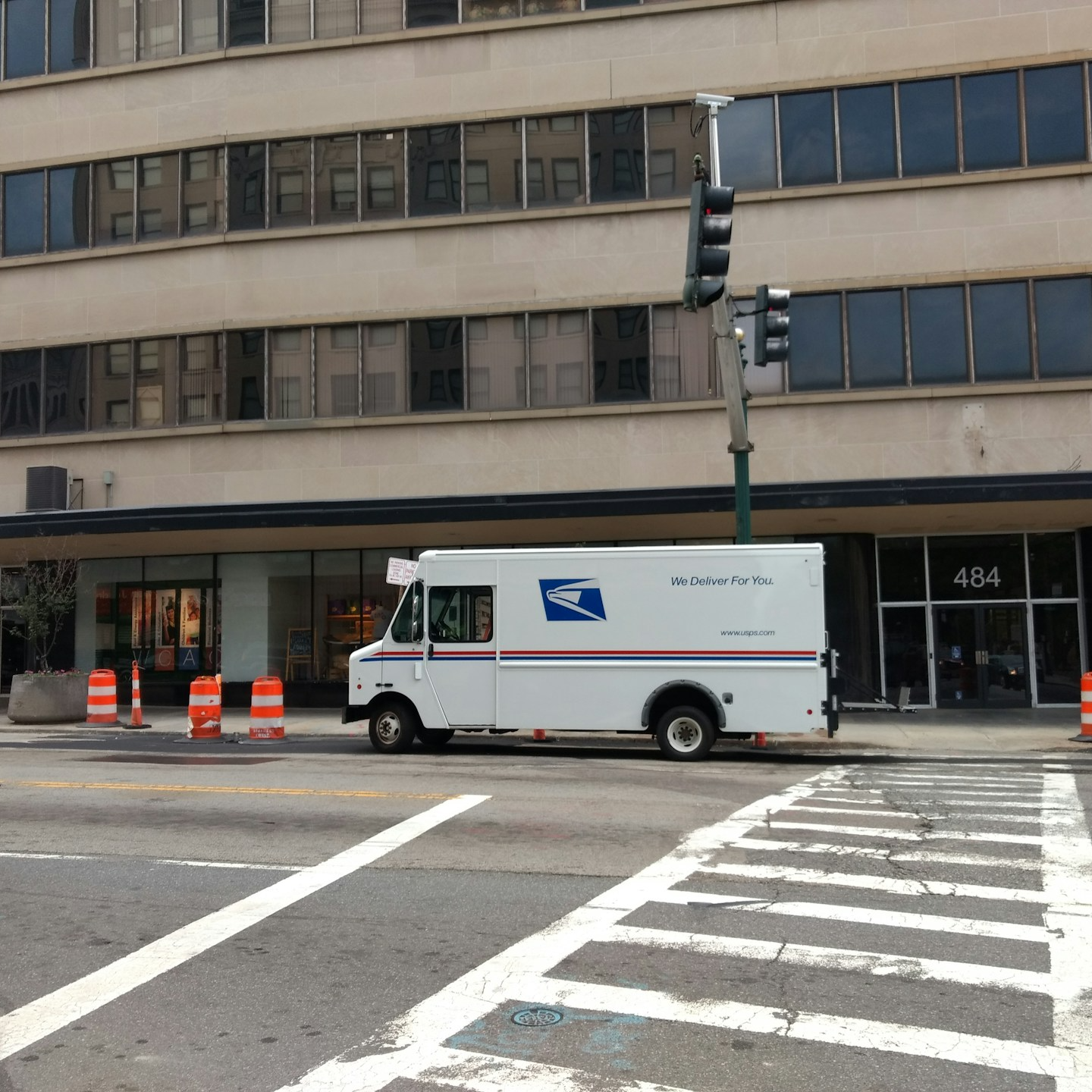Key Takeaways:
-
Medicare Part A covers hospital stays, skilled nursing care, and some home healthcare services, but PSHB users need to understand how it works alongside their postal benefits.
-
Costs, coverage limitations, and enrollment timelines all play a role in how Medicare Part A integrates with PSHB, so knowing these details helps avoid unexpected expenses.
Understanding Medicare Part A: How It Affects PSHB Users
If you’re covered under the Postal Service Health Benefits (PSHB) Program, you might be wondering how Medicare Part A fits into your healthcare coverage. With hospital costs rising, having the right information about your coverage ensures that you’re financially prepared for unexpected medical events. Let’s take a closer look at what Medicare Part A offers, how it interacts with PSHB, and what you need to know about hospitalization costs, enrollment, and benefits.
What Does Medicare Part A Cover?
Medicare Part A is the hospital insurance portion of Medicare. It covers inpatient hospital stays, skilled nursing facility (SNF) care, hospice care, and limited home healthcare services. Here’s a breakdown of its main benefits:
Inpatient Hospital Care
-
Covers semi-private rooms, meals, nursing care, and medications related to your treatment.
-
Includes necessary surgeries and medical procedures during hospitalization.
-
Does not cover private rooms, personal items, or long-term care beyond a certain period.
Skilled Nursing Facility (SNF) Care
-
Covers post-hospital rehabilitation in a SNF if you meet Medicare’s requirements.
-
Must follow at least a three-day inpatient hospital stay to qualify.
-
Covers the first 20 days in full; daily co-insurance applies beyond that.
Home Healthcare Services
-
Includes part-time skilled nursing care, therapy services, and medical supplies.
-
Does not cover around-the-clock home care or personal care assistance.
Hospice Care
-
Available for individuals with a terminal illness and a life expectancy of six months or less.
-
Covers pain relief, symptom management, and grief counseling for families.
Enrollment in Medicare Part A: What PSHB Users Need to Know
Most people qualify for premium-free Medicare Part A at age 65 if they have paid Medicare taxes for at least 10 years. However, if you’re a PSHB enrollee, there are specific timelines and rules to keep in mind.
When Should You Enroll?
-
Initial Enrollment Period (IEP): Starts three months before your 65th birthday and ends three months after.
-
Special Enrollment Period (SEP): Available if you delay enrollment due to active employment.
-
General Enrollment Period (GEP): Runs from January 1 to March 31 each year, with coverage beginning July 1 (late enrollment penalties may apply).
Does PSHB Require You to Enroll in Part A?
If you’re retired and eligible for Medicare, enrolling in Part A is generally recommended because it works alongside your PSHB plan. While PSHB plans provide hospitalization coverage, Medicare Part A may reduce your out-of-pocket costs.
Cost Considerations: What Will You Pay for Hospitalization?
Even with Medicare Part A and PSHB, you’ll still have some out-of-pocket expenses. Here’s what to expect in 2025:
Medicare Part A Costs
-
Inpatient Hospital Deductible: $1,676 per benefit period.
-
Hospital Stay Days 1-60: $0 daily coinsurance (after deductible).
-
Hospital Stay Days 61-90: $419 per day.
-
Lifetime Reserve Days (After Day 90): $838 per day (only up to 60 additional days per lifetime).
-
Skilled Nursing Facility Care (Days 21-100): $209.50 per day.
How PSHB Helps Cover Costs
-
PSHB plans may pay for costs that Medicare doesn’t cover, such as copays and deductibles.
-
Some PSHB plans waive cost-sharing if you are enrolled in Medicare.
-
Check with your specific PSHB plan to confirm which hospitalization costs are covered.
Medicare Part A vs. PSHB: Which Pays First?
If you have both Medicare and PSHB, the order of payment depends on your employment status:
-
If You’re Still Working: PSHB pays first, and Medicare acts as secondary coverage.
-
If You’re Retired: Medicare Part A typically pays first, and PSHB covers remaining costs.
-
If You Have Other Coverage: Coordination of benefits may affect payment order.
Understanding how these programs work together helps avoid unexpected medical bills and ensures you’re maximizing your benefits.
Common Hospitalization Scenarios for PSHB Users
Scenario 1: Hospital Stay Without Medicare Part A
If you rely solely on PSHB, you’ll need to meet your plan’s deductible and cost-sharing requirements. Depending on your plan, hospitalization could result in significant out-of-pocket expenses.
Scenario 2: Hospital Stay With Medicare Part A
With Medicare Part A, your hospital costs are significantly reduced. Medicare covers the first portion of your stay, and PSHB helps with additional expenses, such as coinsurance.
Scenario 3: Skilled Nursing Facility Care
If you need rehab after hospitalization, Medicare Part A covers the first 20 days at $0 cost (after a hospital stay of at least three days). Beyond that, your PSHB plan may help with copays.
Making the Right Choice: Should You Enroll in Medicare Part A?
While enrollment in Medicare Part A isn’t mandatory for PSHB users, it’s a smart financial move for many retirees. Consider the following:
-
Cost Savings: Reduces hospitalization expenses, especially for extended stays.
-
Supplemental Coverage: Works with PSHB to cover additional costs.
-
Future Healthcare Needs: Protects against unexpected medical expenses as you age.
Since Medicare Part A is free for most people, enrolling usually makes sense even if you’re keeping PSHB.
Why Understanding Medicare Part A Matters for PSHB Enrollees
For PSHB users approaching retirement, Medicare Part A plays a crucial role in managing healthcare costs. Knowing what it covers, how much you’ll pay, and how it coordinates with PSHB ensures that you’re fully prepared for hospitalization expenses.
Before making any decisions, it’s important to explore your options and speak with a professional. Contact a licensed agent listed on this website to discuss how Medicare and PSHB can work together to provide the best possible coverage for your needs.












